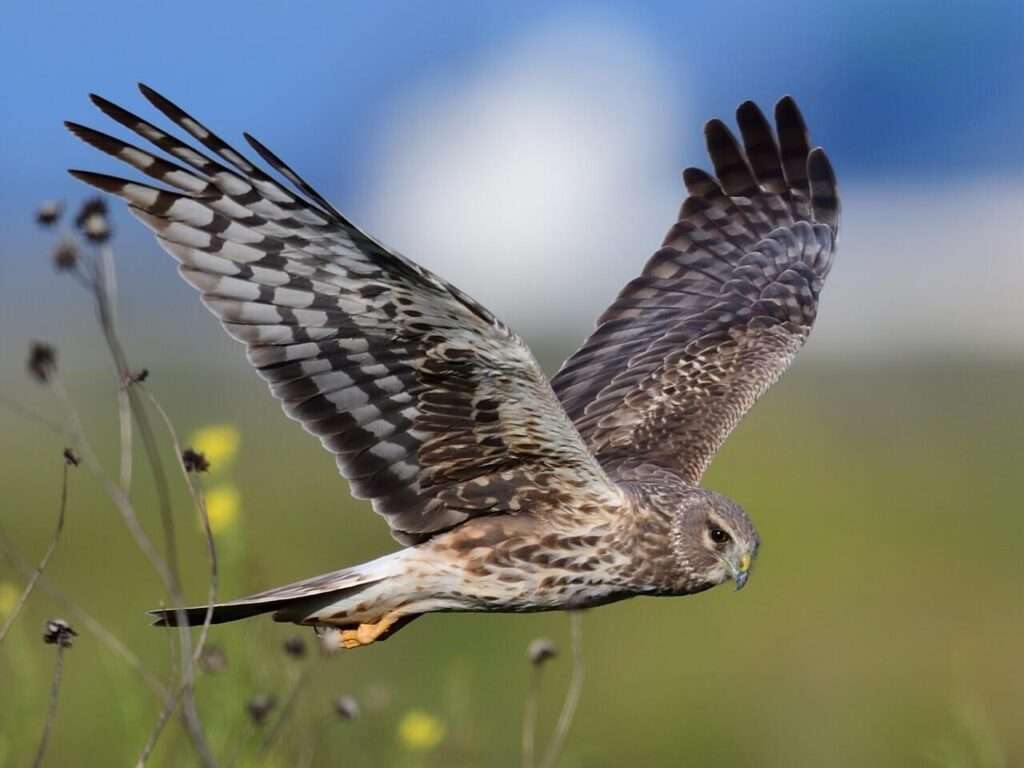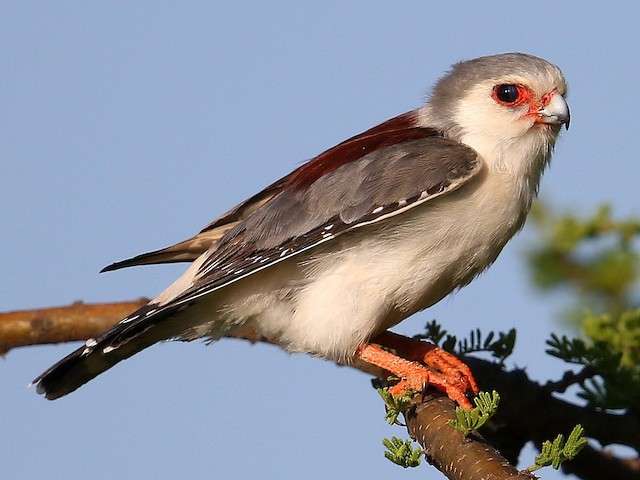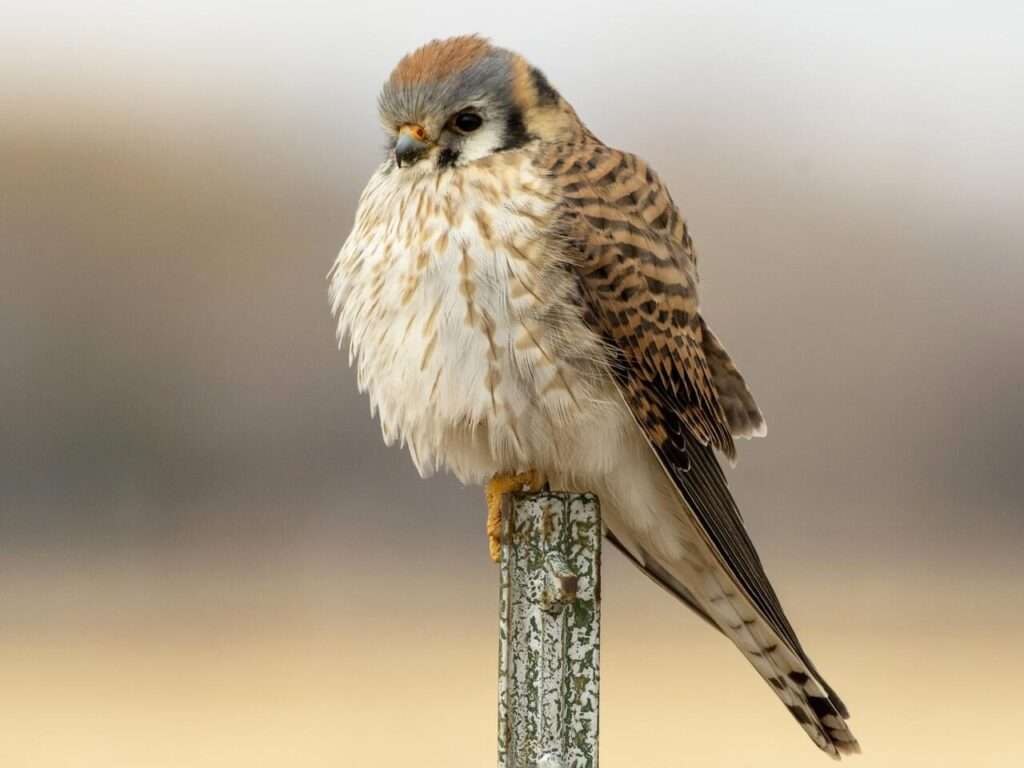
Description
Life span: About 12 years
From a distance, it is simple to identify the Northern Harrier. It is a long-tailed, slender hawk with a white patch at the base of its tail that is gliding low over a marsh or grassland. It can hear mice and voles under the foliage thanks to its owl-like face up close. A number of larger, browner females can mate with each gray-and-white male. The entire continent of North America is home to these peculiar raptors. Based on genetic studies, several taxonomists have distinguished the northern harrier from the hen harrier. Its nearest relative is the Cinereous Harrier, which breeds in North America. The female is likewise darker and more rufous, whereas the male has grey plumage that is darker. The adult male is commonly called the “Grey Ghost” because of his remarkable plumage and spectral aura.
Native Region/Habitat
From a distance, it is simple to identify the Northern Harrier. It is a long-tailed, slender hawk with a white patch at the base of its tail that is gliding low over a marsh or grassland. It can hear mice and voles under the foliage thanks to its owl-like face up close. A number of larger, browner females can mate with each gray-and-white male. The entire continent of North America is home to these peculiar raptors. Based on genetic studies, several taxonomists have distinguished the northern harrier from the hen harrier. Its nearest relative is the Cinereous Harrier, which breeds in North America.

Behavior
Typically, northern harriers fly low and slowly, holding their wings in a V-shape. When food is plentiful, some males can have up to five partners at once, but typically they only have one or two. Each male performs sky-dancing displays, which involve undulating, rollercoaster-like flights up to 1,000 feet above the earth and occasionally covering more than half a mile, to attract females and announce his territory. Both males and females fiercely guard the nest, despite the fact that they do not defend substantial areas.
In contrast to nesting males, nesting females often chase away other females. While males primarily provide food for females and nestlings, females incubate eggs and nurture chicks. The nest predators include coyotes, feral dogs, striped skunks, raccoons, red foxes, American Crows, Common Ravens, and Great Horned Owls. Deer and animals have been known to step on eggs and nestlings. Playfully pounce on inanimate objects such as vole-sized corncobs (and hone their hunting skills). In the winter, Northern Harriers congregate on the ground in flocks, occasionally with Short-eared Owls. The larger females are superior to the males.
As a pet/In captivity
Due to their tremendous danger, these raptors are not suitable as pets. These are not suitable choices for residential use.
Table





